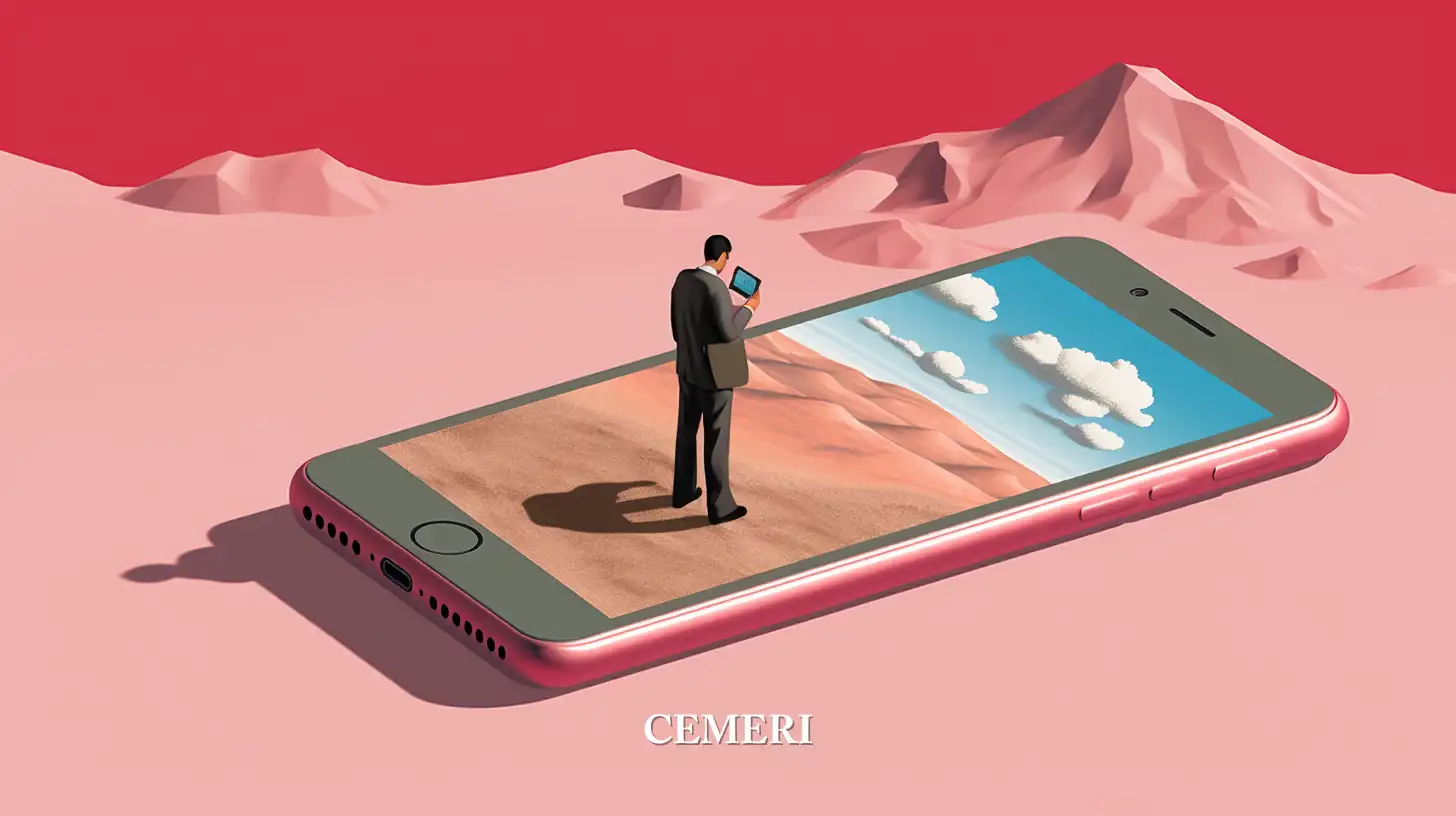Analysis
SIN AUTOR
Technological pollution: the environmental impact of our daily consumption
- According to United Nations (UN) reports, around 50 million tons of technological waste are generated globally each year.

of CO2 per year? Every day, between 230,000 and 293,000 million emails are sent into the atmosphere, according to data from 2019._
Think of a normal day. What are your routines? You wake up with the cell phone alarm; you check your mail and the news on the computer, connected to the Wi-Fi network; On the way to work, you take the opportunity to check your social networks and answer some WhatsApp, thanks to the data from the 4G network of your mobile phone.
At work, you use the laptop through the internal network. You attend online meetings with the rest of the team, perhaps from different parts of the world. You call on the phone during the break to congratulate your friend on his birthday, and you leave a voice message to let them know that you will be late for your appointment with the dentist. Does the above sound familiar to you?
After work, you take advantage of your free time to practice your favorite sport and record it with your smartwatch. You make the purchase through the App of your nearest supermarket, and look for a movie on the internet to relax and “disconnect”.
Do these routines look familiar to you?
We are incredibly interconnected to the internet and new technologies. We exchange information every second, and it is stored and processed in huge data centers. We cannot deny the great benefits that technological progress offers us, but neither can we turn a deaf ear to the threats that are posed to us. And one of the great challenges is, without a doubt, the environmental impact of technological pollution.
The era of technological pollution
As we have mentioned, technological pollution is a growing challenge that requires urgent measures to curb the threat it represents to the environment.
It is interesting that we focus on two aspects: on the one hand, the exploitation of natural resources for the manufacture of technological devices and, on the other, the pollution generated both by these physical items and by the use itself of technologies.
Technological devices from raw materials
If we reimagine the scenario described at the beginning of this article, we will realize the wide variety of electronic items we use throughout the day: alarm clocks, computers, mobile phones, tablets, batteries, smartwatches, etc.
All of them are created from materials such as copper, iron, zinc, aluminum, metals such as gold or silver, compounds such as coltan, plastics and glass, among others. Therefore, the fact of extracting these raw materials and processing them for our use not only generates a significant environmental impact in every way, but also encourages exploitation and violation of human rights in developing countries Where are these elements extracted?
As if this problem weren't significant enough, add to this dishonest industry practices such as planned obsolescence. By considerably reducing the life of these devices and "forcing" the consumer to buy new ones to replace the old ones, we create a serious problem of technological contamination.
Sources
-“Cuanto contamina el spam”. Colegio Profesional de Ingenieros Técnicos en Informática de Aragón (2020): https://www.cpgiiaragon.es/2020/09/17/cuanto-contamina-el-spam/
-“Borrar emails para salvar el planeta”, Anna Argemi (2019). Periódico El País: https://elpais.com/elpais/2019/05/02/alterconsumismo/1556787946_191451.html#:~:text=Por%20cada%20email%20almacenado%20en,emails%2C%20seg%C3%BAn%20cifras%20del%202019.
-“Contaminación digital: las emisiones de CO2 de las que nadie habla”, Lucía María de la Fuente (2020). Publicado en El Diario: https://www.eldiario.es/castilla-la-mancha/ecologica/contaminacion-digital-emisiones-co2-nadie_132_1002462.html#:~:text=Para%20hacernos%20una%20idea%20de,ascender%C3%ADa%20a%20los%20293.000%20millones
-“Correo basura, gran emisor de CO2”. BBC News (2009), https://www.bbc.com/mundo/ciencia_tecnologia/2009/04/090417_spam_co2_men
-“La huella de carbono detrás de un correo electrónico innecesario”, Isabel Rubio (2019). Publicado en El País: https://elpais.com/tecnologia/2019/11/29/actualidad/1575029693_181952.html
-«Vaciar el correo electrónico contribuye a reducir tu huella de carbono», Lorena Farrás Pérez (2019). Publicado en La Vanguardia: https://www.lavanguardia.com/natural/tu-huella/20190901/4773917213/correo-electronico-co2-internet-centros-de-datos.html

